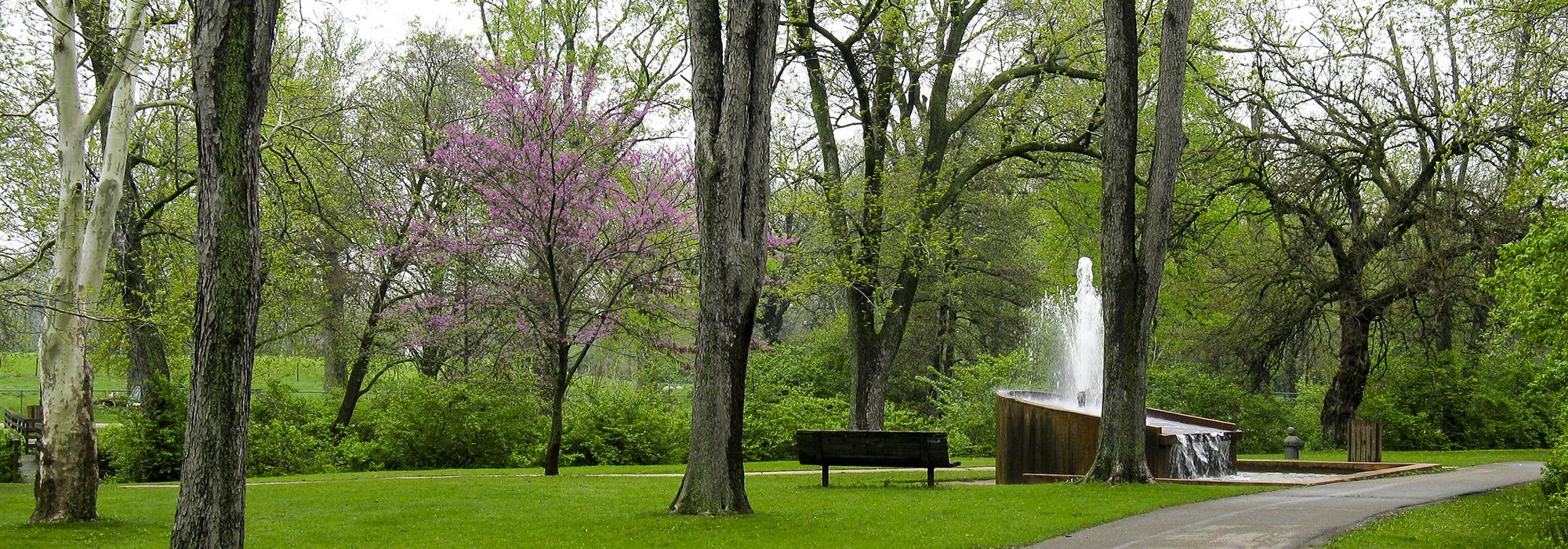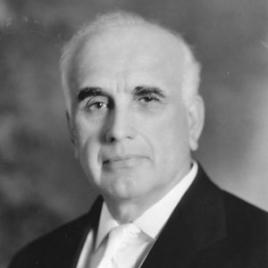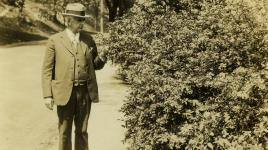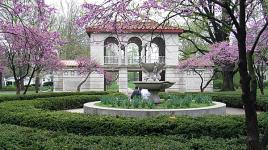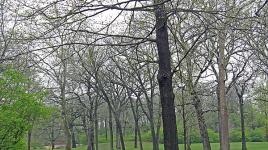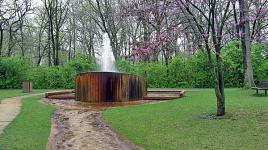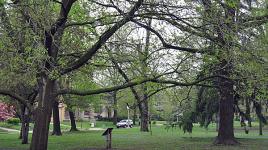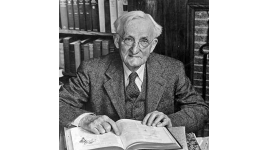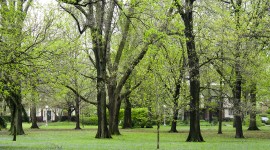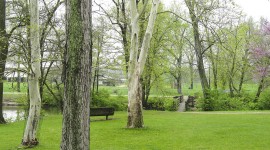Pioneer Information
Born in Onslow, Nova Scotia, Blair received a B.S. in agriculture from Cornell University in 1896 under the tutelage of Liberty Hyde Bailey. Upon graduation, Blair was appointed to teach horticulture at the University of Illinois (now the University of Illinois at Urbana-Champaign), where he would remain for 43 years, conducting research in pomology (the science and study of cultivating fruit) and publishing extensively on orchard management. In addition to his research and teaching, Blair helped establish the study of landscape architecture at the university, procuring library materials and hiring faculty to support a curriculum distinct from that of horticulture.
Although without formal training as a designer, Blair designed parks and urban grounds in Urbana and elsewhere in Illinois. He lectured and lobbied across the state to establish Fort Massac (in Metropolis, Illinois) as the first of Illinois’ state parks, in 1908, and has been called the “Father of the Illinois State Park System.” His efforts to beautify Urbana are evident in the layout of Carle Park, the plantings and swimming structures at Crystal Lake Park, the plantings at Victory Park, and the street trees in the city’s University Heights neighborhood. Blair planted more than 6,000 trees throughout the Urbana-Champaign area, and was instrumental in founding the Urbana Parks District in 1907, serving as its commissioner for over 40 years. He was elected president of the Illinois Association of Park Districts in 1928, and in 1944 the Urbana Parks District honored him by establishing Blair Park, purchased in anticipation of the city’s post-War expansion. Blair died in 1960, having witnessed the growth of Urbana and his beloved urban forest.



